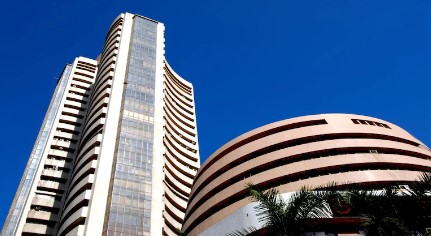Bharat’s stock market saw a significant rebound, with the S&P BSE Sensex soaring by 964.86 points to reach 79,724.26 and the NSE Nifty50 climbing 290.60 points to trade at 24,346.20. This surge follows a steep decline in the previous session, highlighting a robust recovery in the face of earlier market turmoil.
The rally in Indian stocks was fuelled by a broad-based rebound in Asian markets. Positive signals from US central bank officials, who reassured investors amidst recent market instability, contributed to the sharp recovery. This rebound provided relief after a severe sell-off that had impacted global markets.
Among the notable gainers on the Nifty50 were Tata Motors, ONGC, L&T, Maruti, and Adani Ports, which led the index’s ascent. Additionally, both smallcap and midcap stocks experienced a strong recovery as market volatility decreased.
Geojit Financial Services Chief Investment Strategist Dr VK Vijayakumar attributed the previous day’s market crash to elevated valuations, unexpected news, and global events such as fears of a US recession, the unwinding of the Yen carry trade, and tensions in the Middle East. Despite these challenges, he noted that the correction in Bharat was less severe compared to other global markets.
Vijayakumar asserted on the role of domestic investors in stabilising the market, highlighting that domestic institutional investors (DIIs) purchased stocks worth Rs 9,155 crore, while foreign institutional investors (FIIs) sold stocks worth Rs 10,073 crore in the cash market. Without DII support, the market downturn could have been more pronounced.
He pointed out the risks associated with investing in smaller stocks, noting that around 600 midcap and smallcap stocks were locked in lower circuits the previous day. However, Vijayakumar remained optimistic about quality large-cap stocks, suggesting that domestic liquidity and potential recovery could support market stabilisation.
Vijayakumar reassured investors that the fears of a US recession might be overstated and advised against panic selling. Instead, he recommended gradually accumulating quality large-cap stocks as a strategy for navigating the current market conditions.

















